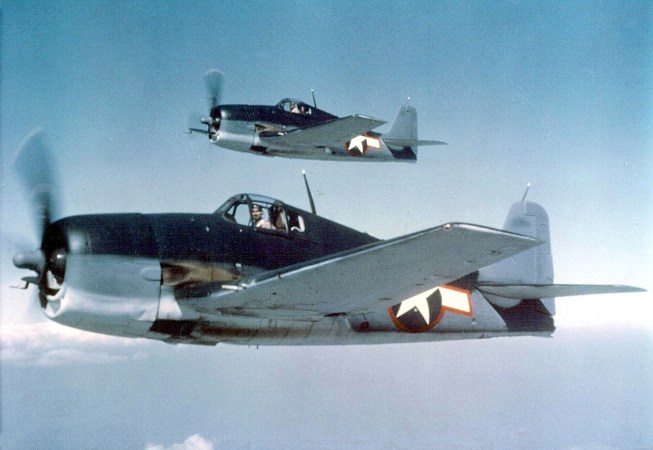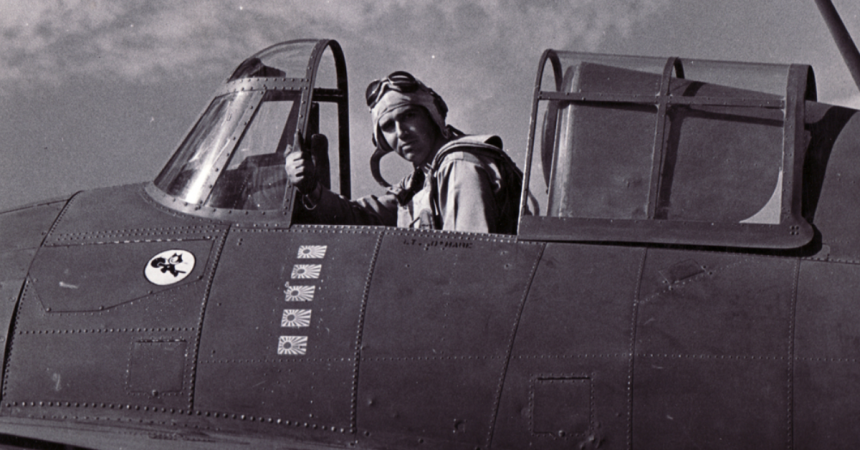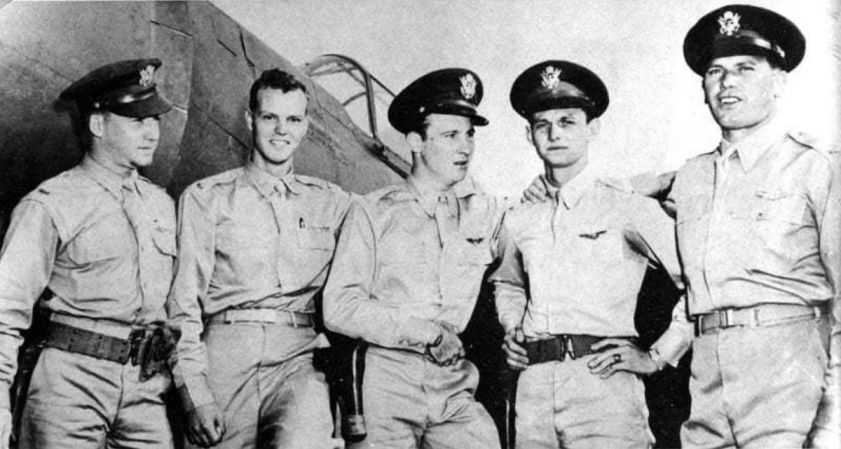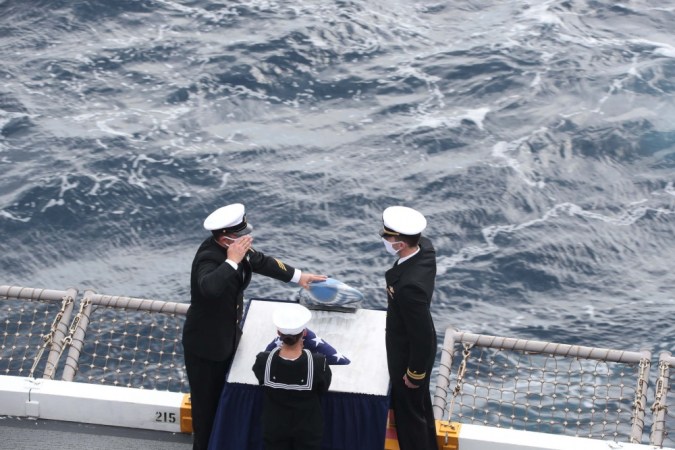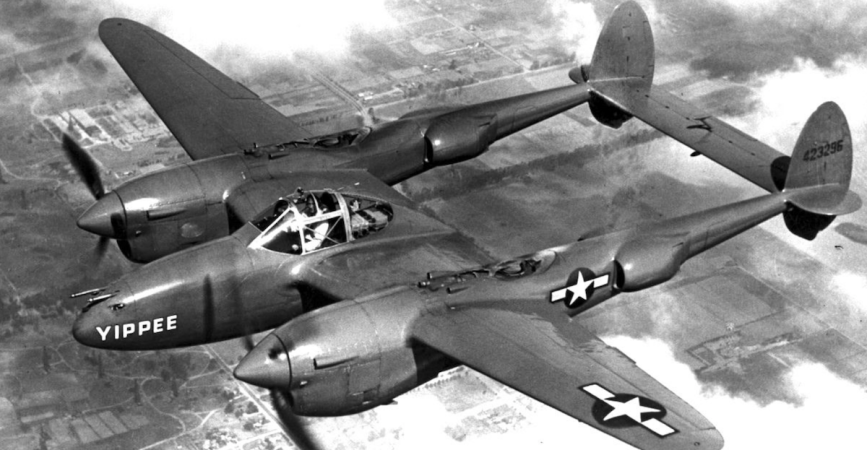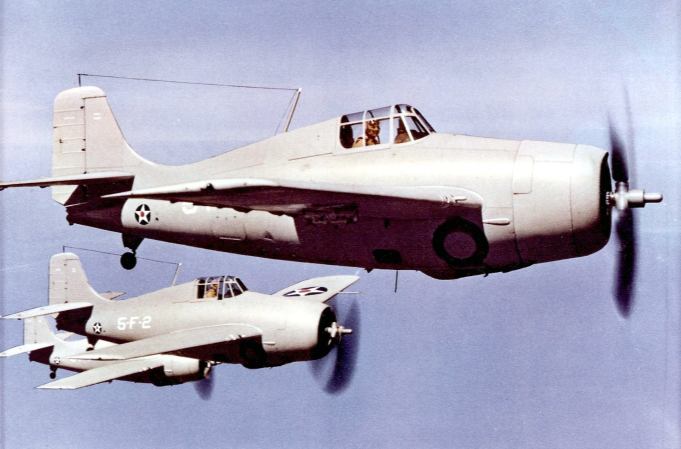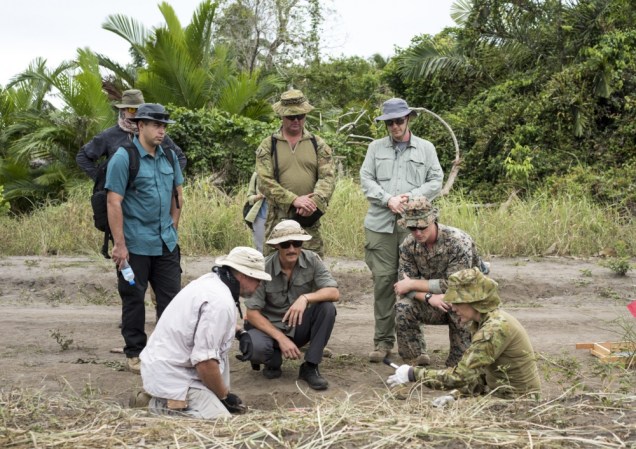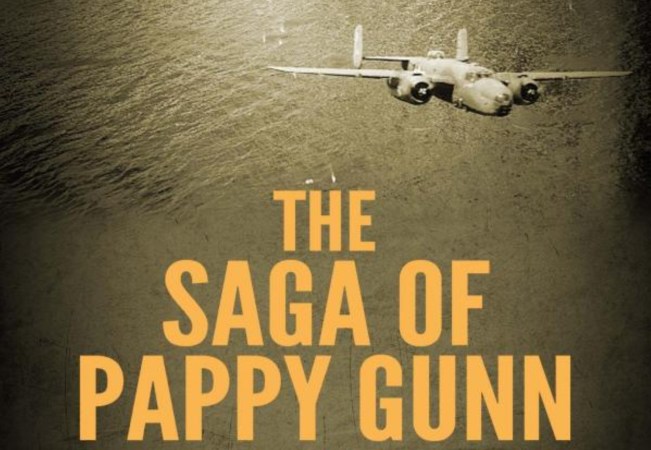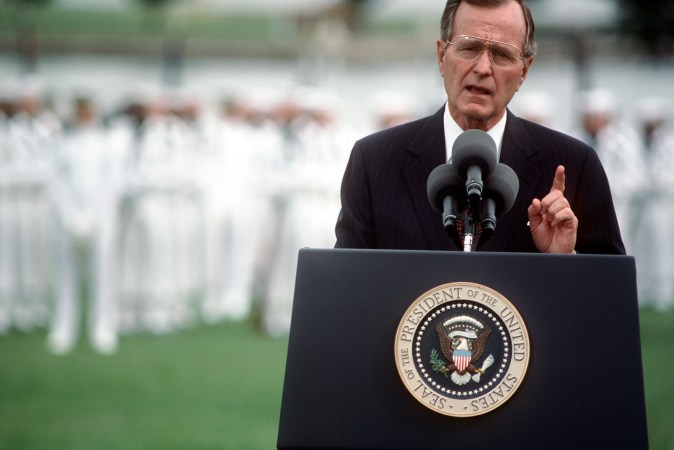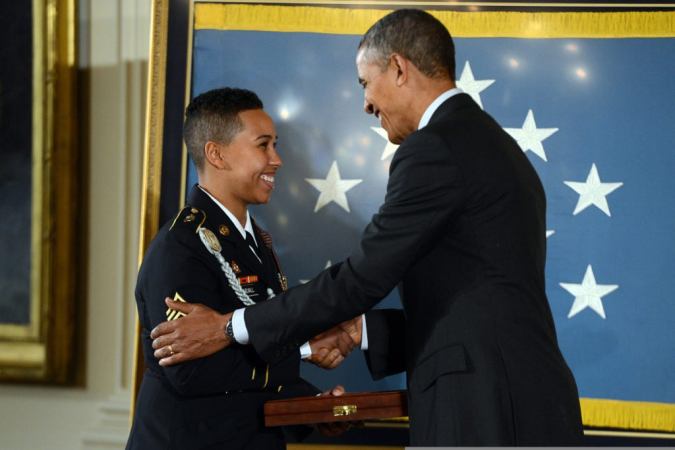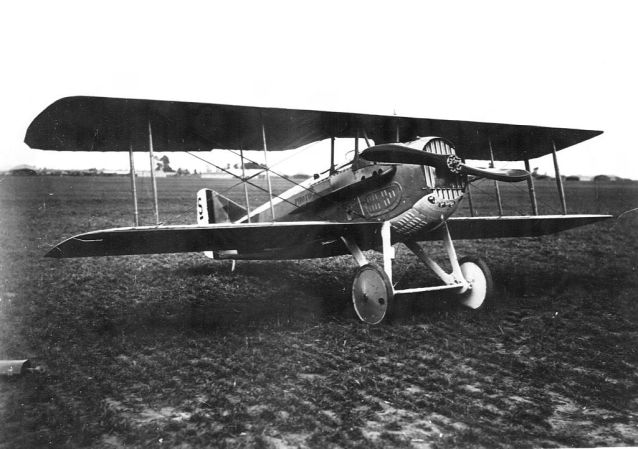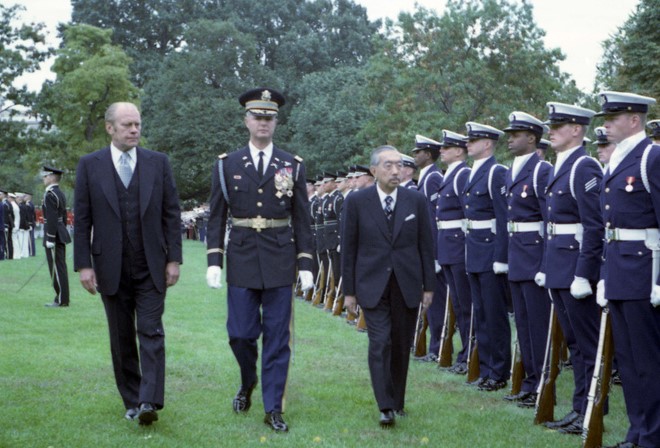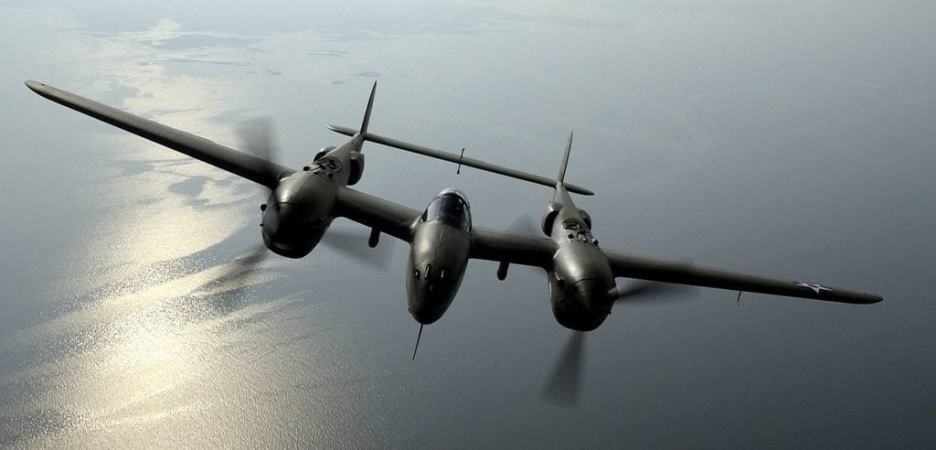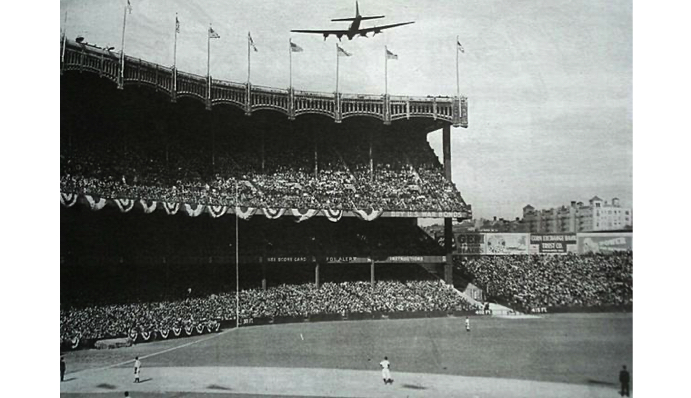Fighter aces are a rare and legendary breed: People who are not only skilled enough to fly jets in combat, but so good at it that they can knock down at least five of the enemy without dying themselves. But there’s an even more elite subset of pilots who were able to kill at least five of the enemy in a single day, sometimes a single engagement.
Here are 7 of these elite pilots:

(U.S. Marine Corps)
1. 1st Lt. James Swett
Marine Corps 1st Lt. James Swett was sent against Japanese fighters near the Solomons Island on April 7, 1943. He led his four-plane flight against 15 enemy bombers and successfully shredded three of them in a single dive. Now separated from the rest of his flight, he attacked a group of six bombers and downed four of them. While lining up on a fifth bomber, he ran out of ammo.
His plane had been damaged in the fighting and he had suffered cuts to his face from a broken cockpit window. He managed to land his stricken plane into the ocean and was picked up by the Navy. His seven kills from that day were accompanied by eight more over the course of the war. He received the Medal of Honor and six Distinguished Flying Crosses.

2. 1st Lt. Jefferson DeBlanc
During fighting in the Solomon Islands on January 31, 1943, Marine Corps 1st Lt. Jefferson DeBlanc was sent up to escort dive bombers targeting Japanese ships. A swarm of Japanese Zeroes rose up against them. DeBlanc and his men were able to keep the Zeroes off the dive bombers, but then he got a call for assistance from low-flying bombers that they were under attack by Japanese float planes.
DeBlanc banked down into the fight and shot his way through three of the float planes. Low on fuel and ammo, he finally banked away towards home, only to notice that two Japanese fighters were coming up behind him. DeBlanc turned back to fight and killed the two Zeroes before being forced to bail out of his plane because of the damage from all the fighting. He earned the Medal of Honor for his actions and survived the war.

(Australian War Museum)
3. Group Captain Clive Caldwell
Group Capt. Clive Caldwell is the highest-scoring ace in Royal Australian Air Force history and was credited with 28.5 kills in World War II. His ace-in-a-day mission came on December 5, 1941, when he was leading two squadrons on patrol in Africa. The allied formation stumbled into a group of German bombers with an Italian fighter escort.
Caldwell went after a group of three bombers and took out the 2nd and 3rd planes in formation with quick bursts, then he made more passes through the now-dispersed bombers and hit two more in wings and engines. Finally, he came up towards the belly of a fifth bomber and waited until he was right against it to open fire, engulfing it in flames and sending it down.

4. Lt. Cmdr. Edward O’Hare
Navy Lt. Cmdr. Edward O’Hare was a legend in early World War II, and his most famous battle came just months after the attack on Pearl Harbor. On February 20, 1942, a flight of Japanese “Betty” bombers headed for the USS Lexington. One flight of Navy F4F Wildcats went after the first wave, and O’Hare and his wingman were the only ones left to defend against the second wave.
But O’Hare’s wingman experienced a gun jam, and so O’Hare had to go after eight Japanese bombers on his own. He went after the rear bombers on the right side, first, downing two of them quickly with bursts through the engines and fuel tanks. On a second pass, O’Hare destroyed two more with shots to an engine and to a left wing and cockpit. Finally, he hit two more on a third pass, leading him to believe that he had downed six. The engagement had lasted less than six minutes.
He was only credited with five kills, though. Lt. Cmdr. O’Hare unfortunately met his end in 1943 while defending a carrier from a night raid.

(Royal Air Force B.J. Daventry)
5. Flight Lt. Nicholas Cooke, Cpl. Albert Lippett
During the evacuation of Dunkirk in May, 1940, British Flight Lt. Nicholas Cooke and his gunner, Cpl. Albert Lippett, were sent to help keep the beaches open for evacuation. On May 29, they were in their Defiant when their formation engaged with a group of German Bf 109 fighters and they killed one. Later in the mission, they engaged a group of Bf 109s and Bf 110s, killing one of each.
They refueled and rearmed and headed out for another mission, this time finding a group of dive bombers attacking at the beaches. Cooke positioned the plane near the ground and gave Lippett a stable platform to shoot from. The young gunner targeted the fuel tanks that sat between the German pilot and navigator, killing five over the beaches and helping kill two more.
Only two days later, they would go missing over the English Channel.

(U.S. Air Force)
6. 2nd Lt. Frank Luke
Army 2nd Lt. Frank Luke was one of America’s most prolific fighters, downing 14 German observation balloons and four planes during his short career. Balloons in World War I were extremely dangerous, well-protected targets, and Luke developed a reputation as a fearless balloon buster. All of this happened in September, 1918.
His greatest one-day total came on September 18 when he made a run on balloons and downed two, then killed two of the German fighters that came up to kill him, and then spotted and killed a German reconnaissance plane on his way back to U.S. lines.

(U.S. Navy)
7. Capt. Stanley Vejtasa
Navy Capt. Stanley Vejtasa is one of the few “double aces” with 10.5 confirmed aerial kills. He achieved ace status in a single day on October 26, 1942, when he killed two Japanese dive bombers attempting to sink his carrier and then turned to interrupt a torpedo attack, killing five of them for seven kills in a single mission.
But his greater contribution to the war may have been his skill in dive bombers and other planes while attacking Japanese planes. He was credited with sinking at least five ships including a carrier and damaging seven more, making him one of the very few pilots who can claim ace status against ships.



